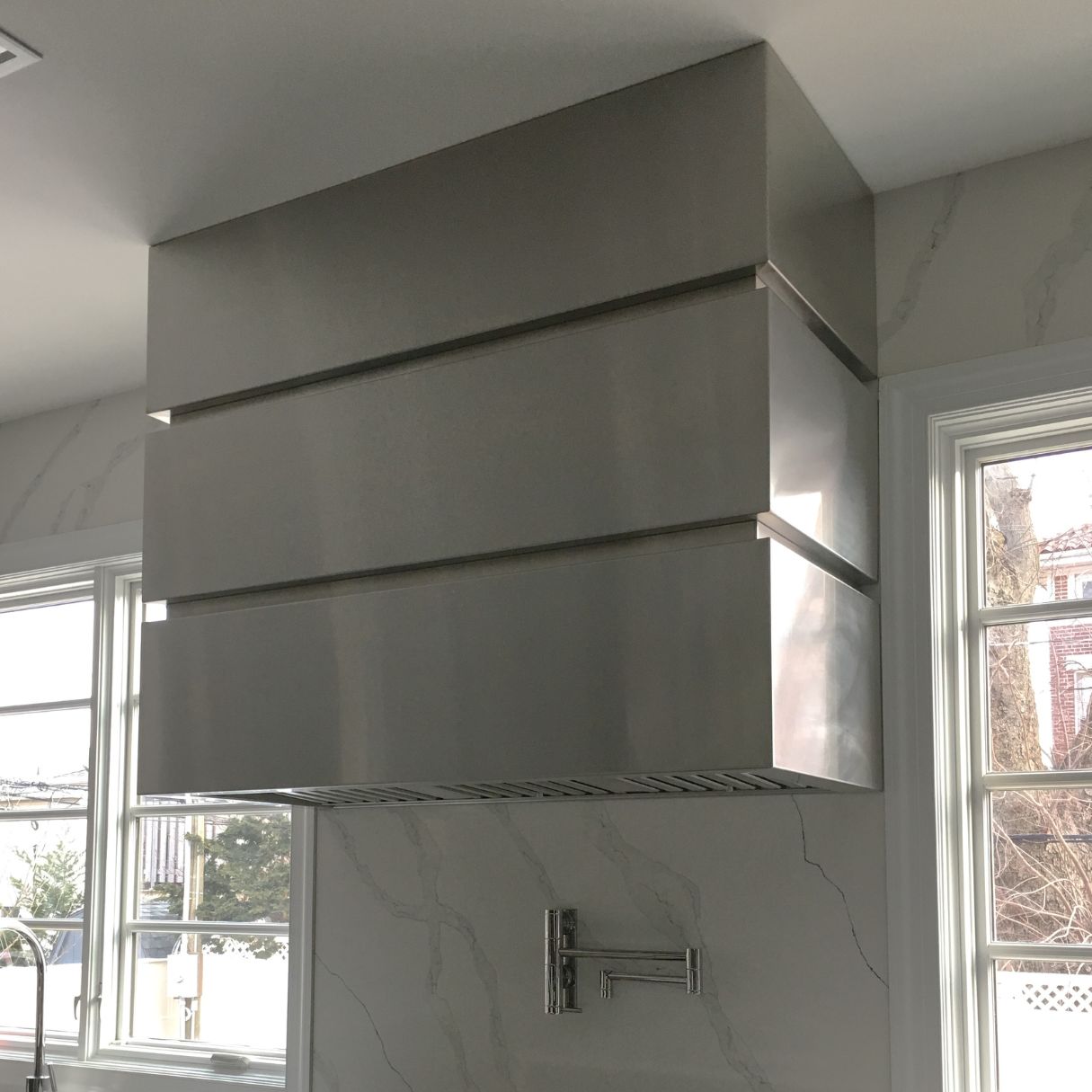

Articles
How To Pick A Range Hood
Modified: August 25, 2024
Discover the essential steps and tips for choosing the perfect range hood. Read expert articles on how to pick the ideal range hood for your kitchen.
(Many of the links in this article redirect to a specific reviewed product. Your purchase of these products through affiliate links helps to generate commission for Storables.com, at no extra cost. Learn more)
Introduction
Choosing the right range hood for your kitchen is an important decision that can greatly impact your cooking experience. Range hoods not only help remove smoke, odors, and grease particles from the air, but they also add a stylish touch to your kitchen décor. With a wide variety of options available in the market, finding the perfect range hood can seem like a daunting task.
But fear not! In this article, we will guide you through the factors you should consider when choosing a range hood. By understanding these factors, you will be able to make an informed decision that suits your needs and preferences.
Whether you’re a professional chef or a home cook, selecting a range hood is not always a straightforward process. There are several important factors you should take into account before making your purchase. From size and design to ventilation power and noise level, these considerations will help you find the perfect range hood that fits seamlessly into your kitchen and enhances your cooking environment.
So, let’s dive into the key factors that you should consider when picking a range hood.
Key Takeaways:
- Choosing the perfect range hood involves considering factors such as size, design, ventilation power, and noise level to create a stylish, efficient, and peaceful cooking environment that suits your specific needs and cooking habits.
- Prioritizing energy efficiency, maintenance, and cleaning requirements when selecting a range hood ensures long-term cost savings, environmental friendliness, and a hassle-free maintenance experience, contributing to a cleaner and healthier kitchen environment.
Read more: What Is A Range Hood
Factors to Consider When Choosing a Range Hood
When choosing a range hood, it’s essential to consider several factors to ensure that you select the right one for your kitchen. Here are the key factors you should keep in mind:
-
Size and Design
The first factor to consider is the size and design of the range hood. You need to choose a size that matches the dimensions of your cooking area. The range hood should adequately cover your cooktop to effectively capture smoke and odors.
Additionally, consider the design of the range hood and how it will complement your kitchen décor. Whether you prefer a wall-mounted hood, an island hood, or an under-cabinet hood, ensure that the design aligns with your aesthetic preferences.
-
Ventilation Power
The ventilation power of the range hood is a crucial factor to consider. It determines how effectively the range hood will remove smoke and odors from your kitchen. The ventilation power is measured in cubic feet per minute (CFM).
For optimal performance, choose a range hood with a CFM rating that matches or exceeds the size of your stove. A higher CFM rating will ensure better airflow and faster smoke and odor removal.
-
Noise Level
Noise level is another important consideration, especially if you have an open concept kitchen or frequently entertain guests while cooking. Look for range hoods that have quiet operation, typically measured in sones.
Aim for a range hood with a sone rating of 2 or lower to ensure a peaceful cooking experience without the distraction of loud noise.
-
Read more: How To Build A Range Hood
Installation Type
Consider the installation type that best suits your kitchen layout and needs. Common installation types include wall-mounted hoods, island hoods, and under-cabinet hoods.
Consult with a professional if you are unsure which installation type is most suitable for your kitchen space.
-
Cooking Habits and Needs
Take into account your cooking habits and needs when selecting a range hood. If you frequently cook dishes that produce heavy smoke or grease, you may want to consider a range hood with additional features like grease filters and a high extraction rate.
Moreover, if you often use high heat when cooking, opt for a range hood with a heat sensor that automatically adjusts the ventilation speed according to the cooking temperature.
-
Energy Efficiency
Energy efficiency is an important factor to consider, not only for environmental reasons but also for long-term cost savings. Look for range hoods that are ENERGY STAR certified, as they are designed to consume less energy without compromising performance.
-
Maintenance and Cleaning
Consider the ease of maintenance and cleaning when choosing a range hood. Look for models with removable and dishwasher-safe grease filters for hassle-free cleaning.
Additionally, consider whether the range hood has a self-cleaning feature or requires regular maintenance such as changing charcoal filters or cleaning the fan blades.
By considering these factors, you will be able to choose a range hood that fits your kitchen layout, meets your ventilation needs, operates quietly, and enhances your cooking experience.
Read more: How To Paint Range Hood
Size and Design
Size and design are crucial factors to consider when choosing a range hood for your kitchen. You want a range hood that not only effectively captures smoke, odors, and grease particles but also complements the overall aesthetic of your kitchen.
Firstly, you need to consider the size of the range hood. It should be wide enough to adequately cover your cooktop and capture the smoke and odors produced during cooking. As a general guideline, the width of the range hood should be equal to or greater than the width of your stove.
In terms of design, there are various options available to suit different kitchen setups. One popular option is the wall-mounted range hood, which is attached to the wall above the stove. This type of range hood is suitable for kitchens where the stove is placed against a wall.
Another option is the island range hood, which is suspended from the ceiling and is ideal for kitchens with a cooking island or peninsula. These range hoods provide a stylish and efficient solution for ventilating the cooking area without obstructing the view.
An under-cabinet range hood is a third option that is installed underneath an overhead cabinet. This type of range hood is a space-saving choice that is perfect for kitchens with limited room. It is typically more discreet and blends seamlessly with the surrounding cabinetry.
Additionally, consider the design elements of the range hood, such as the material, color, and shape. Stainless steel is a popular choice as it is durable, easy to clean, and matches well with various kitchen styles. However, there are also range hoods available in different materials and finishes to suit your design preferences.
When selecting a range hood, ensure that it harmonizes with your kitchen’s overall aesthetic. If you have a modern and sleek kitchen, consider a range hood with clean lines and a minimalist design. On the other hand, if you have a traditional or farmhouse-style kitchen, a range hood with decorative elements and a vintage-inspired design might be more fitting.
Remember, the size and design of your range hood should not only provide efficient ventilation but also enhance the visual appeal of your kitchen. By finding the right balance between functionality and aesthetic appeal, you can choose a range hood that complements your cooking habits and adds a touch of style to your kitchen space.
Ventilation Power
When choosing a range hood, ventilation power is a crucial factor to consider. The ventilation power determines how effectively the range hood can remove smoke, odors, and grease particles from your kitchen.
The ventilation power of a range hood is measured in cubic feet per minute (CFM). It indicates the volume of air that the range hood can move in a minute. The higher the CFM rating, the more powerful the ventilation system.
To select the right ventilation power for your range hood, you need to consider the size of your stove and the amount of cooking you do. As a general rule of thumb, the CFM rating of the range hood should match or exceed the size of your stove to ensure efficient smoke and odor removal.
If you have a standard-sized stove, a range hood with a CFM rating of around 300-400 is typically sufficient. For larger cooking areas or heavy-duty cooking, such as in a professional kitchen, a range hood with a higher CFM rating may be required.
It’s worth noting that higher CFM ratings often correspond to louder operation. If noise is a concern for you, look for range hoods with sound insulation or adjustable fan speeds to minimize noise while still providing adequate ventilation power.
It’s important to note that the ventilation power of a range hood should also comply with local building codes and regulations. Some areas may have specific requirements for kitchen ventilation, so make sure to check with your local authorities or consult a professional if you are unsure.
Ultimately, choosing the right ventilation power for your range hood will ensure that your kitchen remains smoke-free, odor-free, and well-ventilated. By selecting a range hood with the appropriate CFM rating for your cooking needs, you can enjoy a clean and comfortable cooking environment.
Noise Level
Noise level is an important factor to consider when choosing a range hood, especially if you have an open-concept kitchen or if you often entertain guests while cooking. The noise level of a range hood is measured in sones, and it determines how loud or quiet the operation of the range hood will be.
A lower sone rating indicates a quieter range hood, while a higher sone rating signifies a louder operation. Generally, range hoods with a sone rating of 2 or lower are considered quiet and ideal for a peaceful cooking experience.
There are a few factors that can contribute to the noise level of a range hood. The first is the fan speed. Higher fan speeds typically result in more noise. Some range hoods have variable or multiple fan speeds, allowing you to adjust the speed according to your cooking needs while keeping noise levels to a minimum.
The type of motor used in the range hood also plays a role in noise production. Brushless motors tend to be quieter compared to traditional AC motors. Additionally, range hoods with sound insulation or noise reduction features can further help to reduce noise levels during operation.
If low noise level is a priority for you, consider investing in a range hood that features advanced noise reduction technology. Look for noise ratings or manufacturer specifications that indicate the decibel (dB) levels or sone ratings at different fan speeds to get a better understanding of the range hood’s noise performance.
While noise level is an important consideration, it’s also essential to strike a balance between noise reduction and ventilation power. Some range hoods may prioritize low noise levels but compromise on the suction capacity and overall effectiveness in removing smoke and odors.
Reviewing customer reviews, seeking advice from professionals, or even visiting showrooms to physically experience the noise level of different range hoods can help you make an informed decision.
By selecting a range hood with a suitable noise level for your kitchen environment, you can enjoy a peaceful and pleasant cooking experience without the distraction of excessive noise.
Installation Type
When choosing a range hood, the installation type is an important factor to consider. The installation type determines how and where the range hood will be mounted in your kitchen, and it should align with your kitchen layout and preferences.
There are several common installation types to choose from:
-
Read more: How To Replace A Range Hood
Wall-Mounted Hood
A wall-mounted hood is attached directly to the wall above your stove. This type of installation is suitable for kitchens where the stove is positioned against a wall. Wall-mounted hoods are versatile and can be a focal point of your kitchen’s design, especially if you opt for a stylish and decorative design.
-
Island Hood
If you have a cooking island or peninsula, an island hood is the perfect choice. This type of hood is suspended from the ceiling directly above the cooking area. It not only provides effective ventilation but also adds a stylish and contemporary touch to your kitchen. Make sure your kitchen has proper ventilation ductwork in place as island hoods typically require ceiling venting.
-
Under-Cabinet Hood
An under-cabinet hood is installed underneath an overhead cabinet. This installation type is ideal for kitchens with limited space or for those who prefer a more discreet look. Under-cabinet hoods provide efficient ventilation while seamlessly blending in with your kitchen cabinetry.
When deciding on the installation type, consider your kitchen’s layout and the available space. Wall-mounted hoods and island hoods require proper placement and sufficient clearance above the cooking surface. Make sure to measure the available space and check the specifications of the range hood to ensure a proper fit.
It’s also advisable to consult with a professional or follow the manufacturer’s guidelines for installation. Improper installation can lead to poor ventilation performance and safety hazards.
Lastly, consider the visual impact of the installation type on your kitchen. The right installation type can enhance the overall aesthetics of your kitchen and create a cohesive look. Remember to take into account the design elements and materials of the range hood to ensure that it complements your kitchen’s style.
By choosing the appropriate installation type, you can ensure that your range hood is not only functional and efficient but also enhances the visual appeal of your kitchen space.
Cooking Habits and Needs
When choosing a range hood, it’s important to consider your cooking habits and needs to ensure that it meets your specific requirements. Different cooking techniques and preferences may call for certain features or specifications in a range hood. Here are some factors to consider:
-
Read more: How To Measure A Range Hood
Type of Cooking
Consider the type of cooking you do on a regular basis. Do you frequently cook foods that produce heavy smoke and grease, such as stir-frying or grilling? If so, you may want to choose a range hood with a higher suction power and efficient grease filters to effectively remove smoke and grease particles from the air.
-
Extraction Rate
The extraction rate of a range hood refers to how much air it can move in a specific amount of time. A higher extraction rate ensures a quicker and more efficient removal of smoke and odors. If you often cook dishes that generate a lot of steam or smoke, consider a range hood with a high extraction rate to keep your kitchen air clean and fresh.
-
Cooking Heat
Some range hoods come equipped with heat sensors that automatically adjust the fan speed based on the heat generated by your cooking. This feature ensures optimal ventilation and helps prevent excessive heat buildup in your kitchen. If you frequently cook with high heat, this can be a valuable feature to consider.
-
Lighting
Lighting is an often-overlooked but important aspect of a range hood. Consider whether you want additional lighting above your cooktop. Many range hoods come with built-in lights that illuminate your cooking area, providing better visibility and enhancing your cooking experience.
Additionally, think about any unique cooking needs or preferences you may have. For example, if you have a preference for certain cooking methods or if you frequently use large pots or pans, you may need a range hood with a wider coverage to effectively capture the steam and odors produced.
It can be helpful to assess which features and specifications are most important to you based on your cooking habits and needs. Consider making a checklist of these requirements and use it as a guide when shopping for a range hood.
By choosing a range hood that aligns with your specific cooking habits and needs, you can ensure that it enhances your cooking experience and keeps your kitchen well-ventilated and odor-free.
Read more: What Is A Range Hood Filter
Energy Efficiency
Energy efficiency is an important consideration when choosing a range hood, both for environmental reasons and long-term cost savings. An energy-efficient range hood can help reduce energy consumption while maintaining optimal performance. Here are some factors to consider:
ENERGY STAR Certification: Look for range hoods that are ENERGY STAR certified. The ENERGY STAR label indicates that the range hood meets strict energy efficiency guidelines set by the U.S. Environmental Protection Agency (EPA). ENERGY STAR certified range hoods are designed to consume less energy without compromising on performance.
Ventilation Power Optimization: Some range hoods offer features that optimize ventilation power to reduce energy consumption. These features may include variable fan speeds or automated settings that adjust the fan speed based on cooking conditions. By matching the ventilation power to the specific needs of your cooking, you can save energy while maintaining effective ventilation.
LED Lighting: Consider range hoods that utilize energy-efficient LED lighting. LED lights consume significantly less energy compared to traditional incandescent or halogen bulbs. They also have a longer lifespan, reducing the need for frequent bulb replacements.
Ducted vs. Ductless: Ducted range hoods vent the air to the outside of your home, while ductless range hoods recirculate the air back into the kitchen after passing it through filters. Ducted range hoods are generally more energy-efficient as they remove the heated air and pollutants from the kitchen completely. However, if your kitchen doesn’t have ducting infrastructure, a ductless range hood can still offer energy efficiency benefits through the use of efficient filters.
Timer and Delayed Shut-Off: Look for range hoods that have timer and delayed shut-off features. These allow you to set a specific time for the range hood to automatically turn off after cooking is complete. This prevents unnecessary energy consumption and ensures that the range hood operates only when needed.
Power-saving Standby Mode: Some range hoods offer a power-saving standby mode when not in use. This mode reduces energy consumption by putting the range hood in a low-power state or turning off certain functions when it’s not actively ventilating.
Consider your energy consumption goals and prioritize range hoods with energy-saving features that align with those goals. Be sure to read product specifications and labels to determine the energy efficiency ratings and features of the range hoods you are considering.
By choosing an energy-efficient range hood, you can reduce your environmental impact, save on energy costs, and enjoy a cleaner and healthier cooking environment.
Maintenance and Cleaning
When choosing a range hood, it’s important to consider the maintenance and cleaning requirements to ensure that it remains in optimal condition and operates effectively. Here are some factors to consider:
Removable and Dishwasher-Safe Filters: Look for range hoods with removable and dishwasher-safe filters. These filters capture grease and other airborne particles during cooking. Being able to easily remove and clean the filters in the dishwasher will make maintenance a breeze and ensure that your range hood continues to function efficiently.
Grease Management: Some range hoods offer additional features to assist with grease management. These may include grease traps or grease collection trays that help capture and contain grease. These features can make cleaning easier and prevent grease buildup in the hood and the ventilation system.
Self-Cleaning Functionality: Consider range hoods with self-cleaning functionality. These hoods have features such as auto-clean cycles or advanced cleaning mechanisms that help keep the interior of the range hood free from grease and debris. However, keep in mind that self-cleaning features may require additional maintenance to ensure their effectiveness.
Easy Access and Cleaning of Internal Components: Look for range hoods that provide easy access to internal components for cleaning and maintenance. This may include removable panels, accessible fan blades, and easily cleanable surfaces. Being able to access and clean internal components ensures that your range hood operates efficiently and prolongs its lifespan.
Regular Maintenance Requirements: Consider any regular maintenance requirements specified by the manufacturer. This may include periodically replacing charcoal filters or cleaning the fan blades. By being aware of and following the recommended maintenance schedule, you can ensure that your range hood remains in optimal condition and performs effectively.
Manufacturer’s Guidelines: Read and follow the manufacturer’s guidelines for maintenance and cleaning. The manufacturer’s recommendations are specific to the model of the range hood and should be followed to ensure proper maintenance and longevity of the appliance.
Professional Maintenance: For more complex range hood systems, consider scheduling professional maintenance and cleaning. Professional technicians have the expertise and tools to thoroughly clean and maintain your range hood, ensuring its optimal performance and longevity.
By considering the maintenance and cleaning requirements of a range hood, you can choose a model that fits your lifestyle and is easy to maintain. Regular cleaning and maintenance will not only prolong the life of your range hood but also ensure a clean and efficient kitchen ventilation system.
Conclusion
Choosing the right range hood for your kitchen is a decision that should be based on various factors, including size, design, ventilation power, noise level, installation type, cooking habits, energy efficiency, and maintenance requirements. By considering these factors and prioritizing your specific needs, you can find a range hood that enhances your cooking experience and keeps your kitchen clean and well-ventilated.
Ensure that the range hood you choose is the right size and design for your kitchen, fitting seamlessly into your space while effectively capturing smoke, odors, and grease particles. Consider the ventilation power and choose a range hood with an appropriate CFM rating to match the size of your stove and cooking needs. Pay attention to the noise level to ensure a peaceful cooking environment.
Think about the installation type that suits your kitchen layout, whether it’s a wall-mounted hood, island hood, or under-cabinet hood. Take into account your cooking habits and needs, such as the type of cooking you do, the extraction rate, and the lighting requirements.
Energy efficiency is essential, so consider choosing an ENERGY STAR certified range hood and look for features like variable fan speeds and LED lighting to minimize energy consumption. Be aware of the maintenance and cleaning requirements and choose a range hood with removable and dishwasher-safe filters for easy upkeep.
In conclusion, selecting the right range hood requires careful consideration of multiple factors. By understanding your needs and priorities, you can make an informed decision and enjoy a well-ventilated and efficient kitchen for years to come.
Frequently Asked Questions about How To Pick A Range Hood
Was this page helpful?
At Storables.com, we guarantee accurate and reliable information. Our content, validated by Expert Board Contributors, is crafted following stringent Editorial Policies. We're committed to providing you with well-researched, expert-backed insights for all your informational needs.
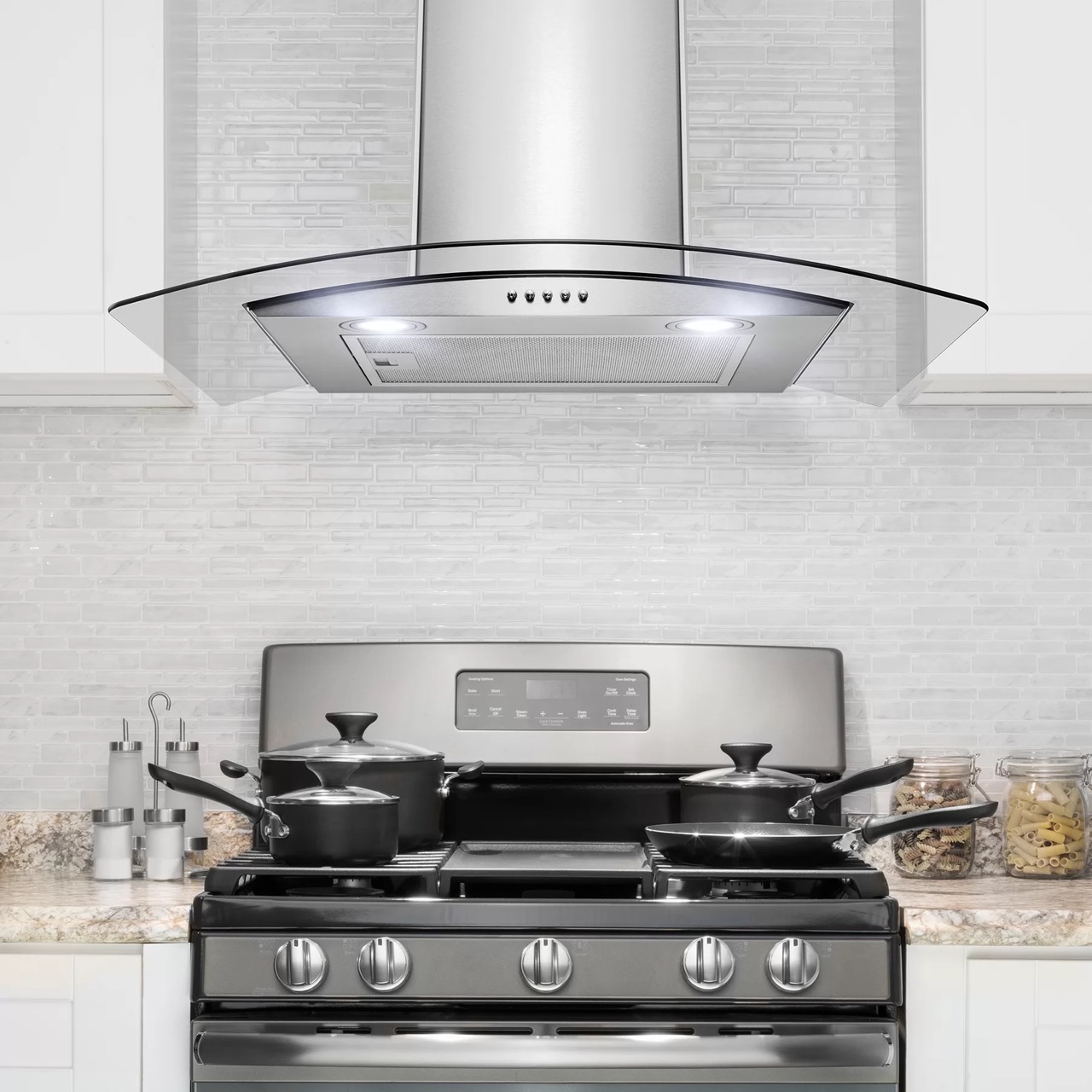
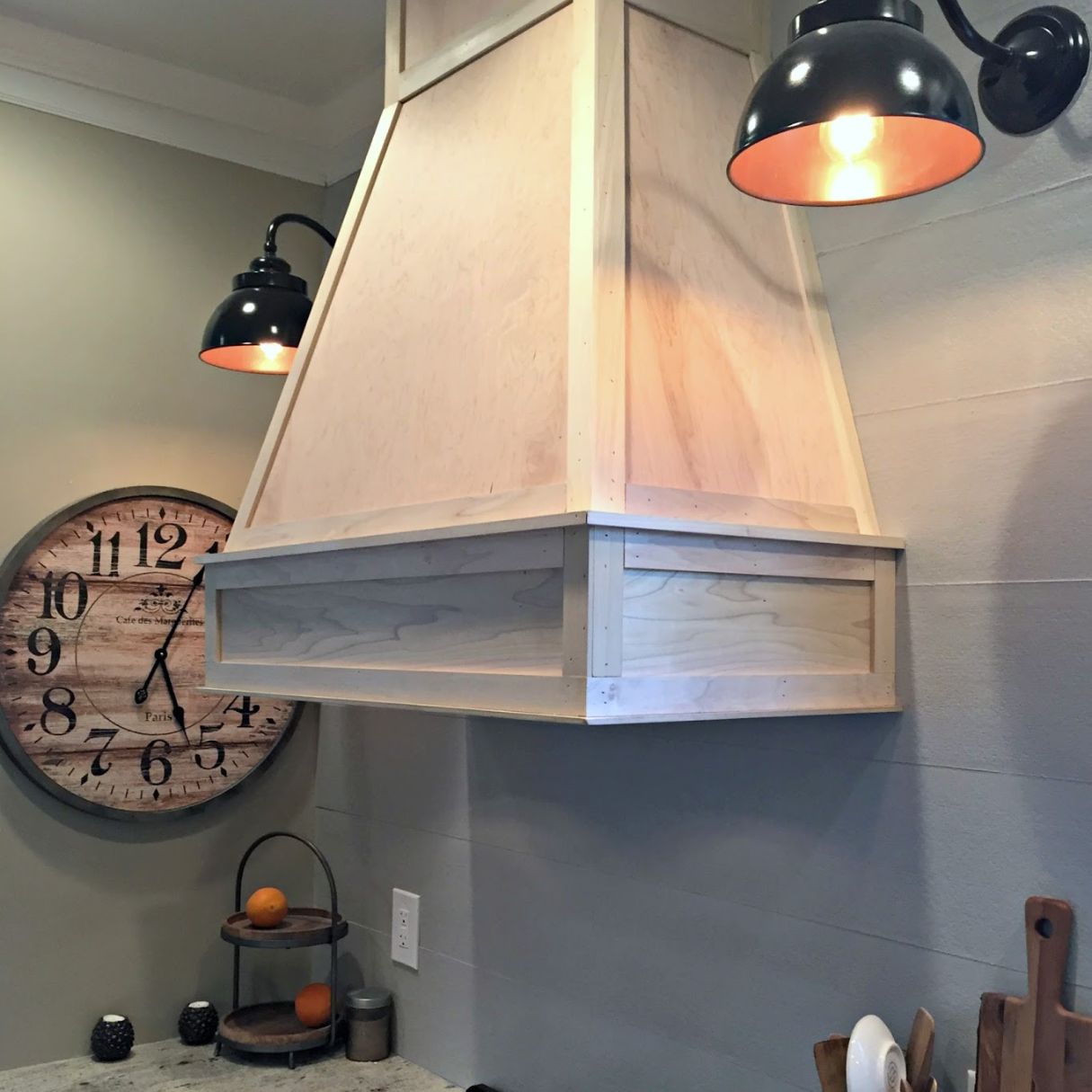
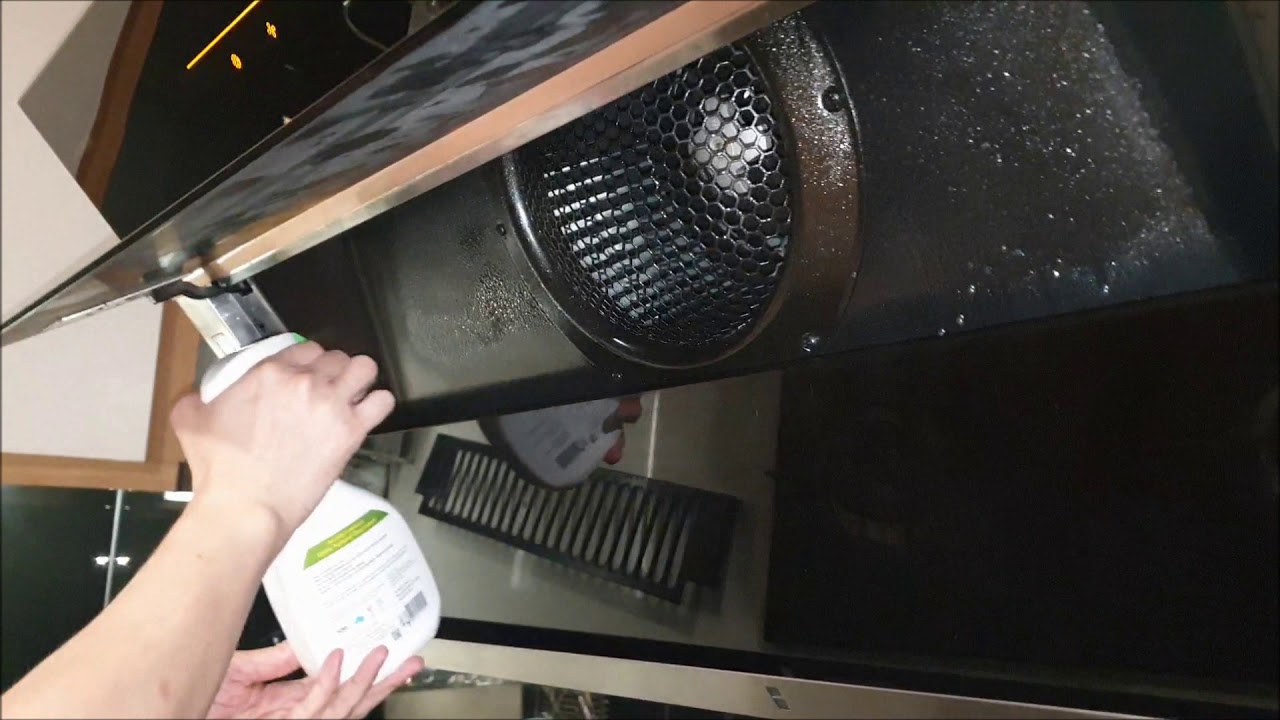
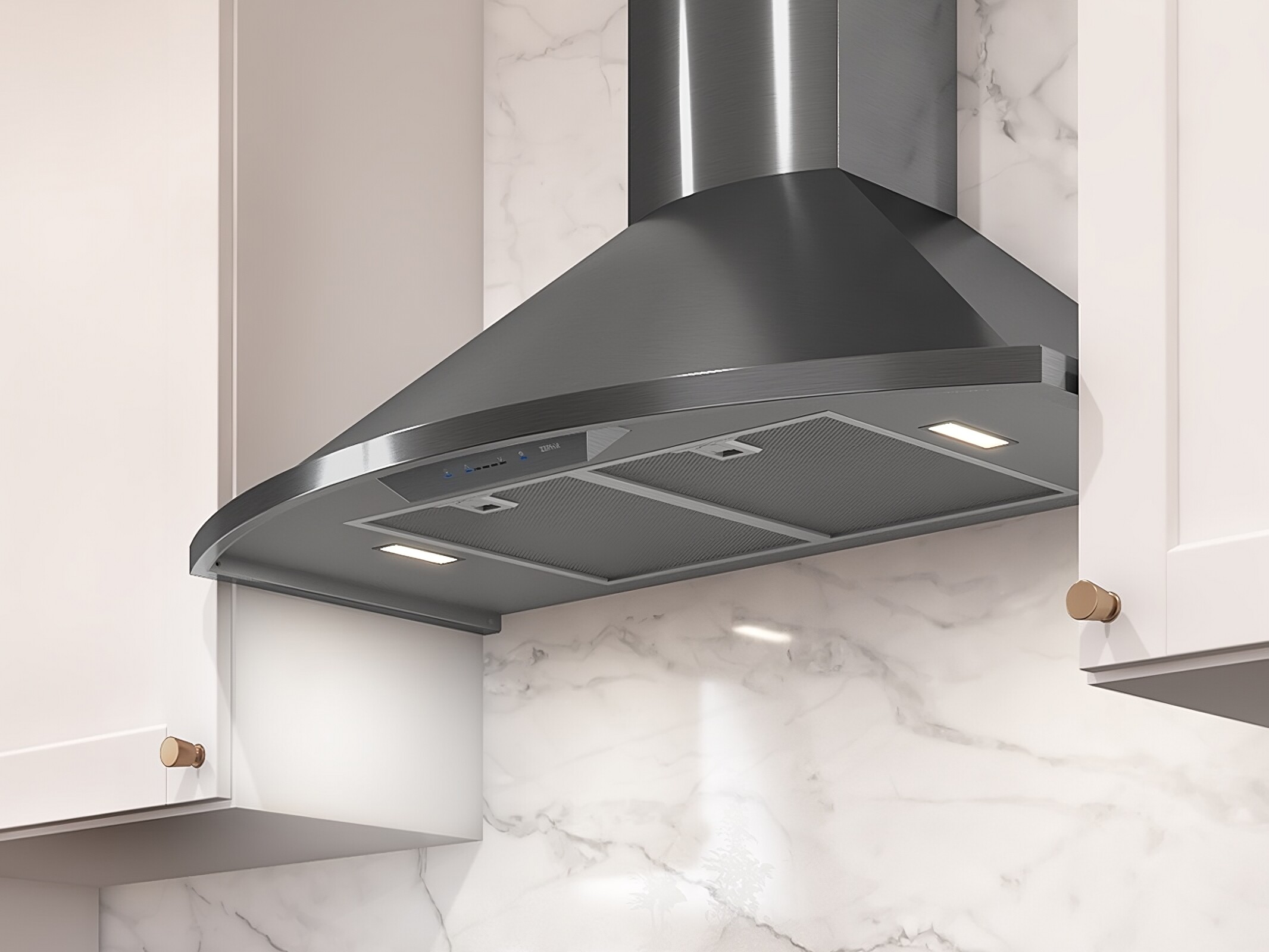
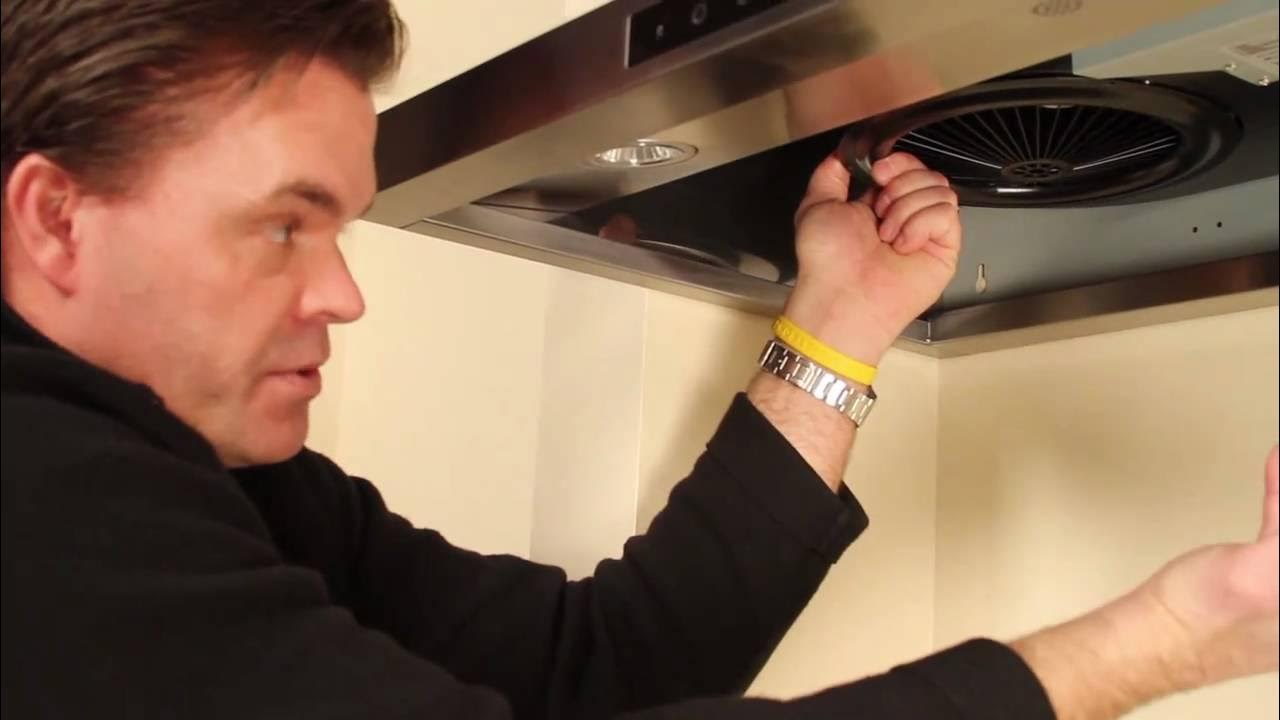
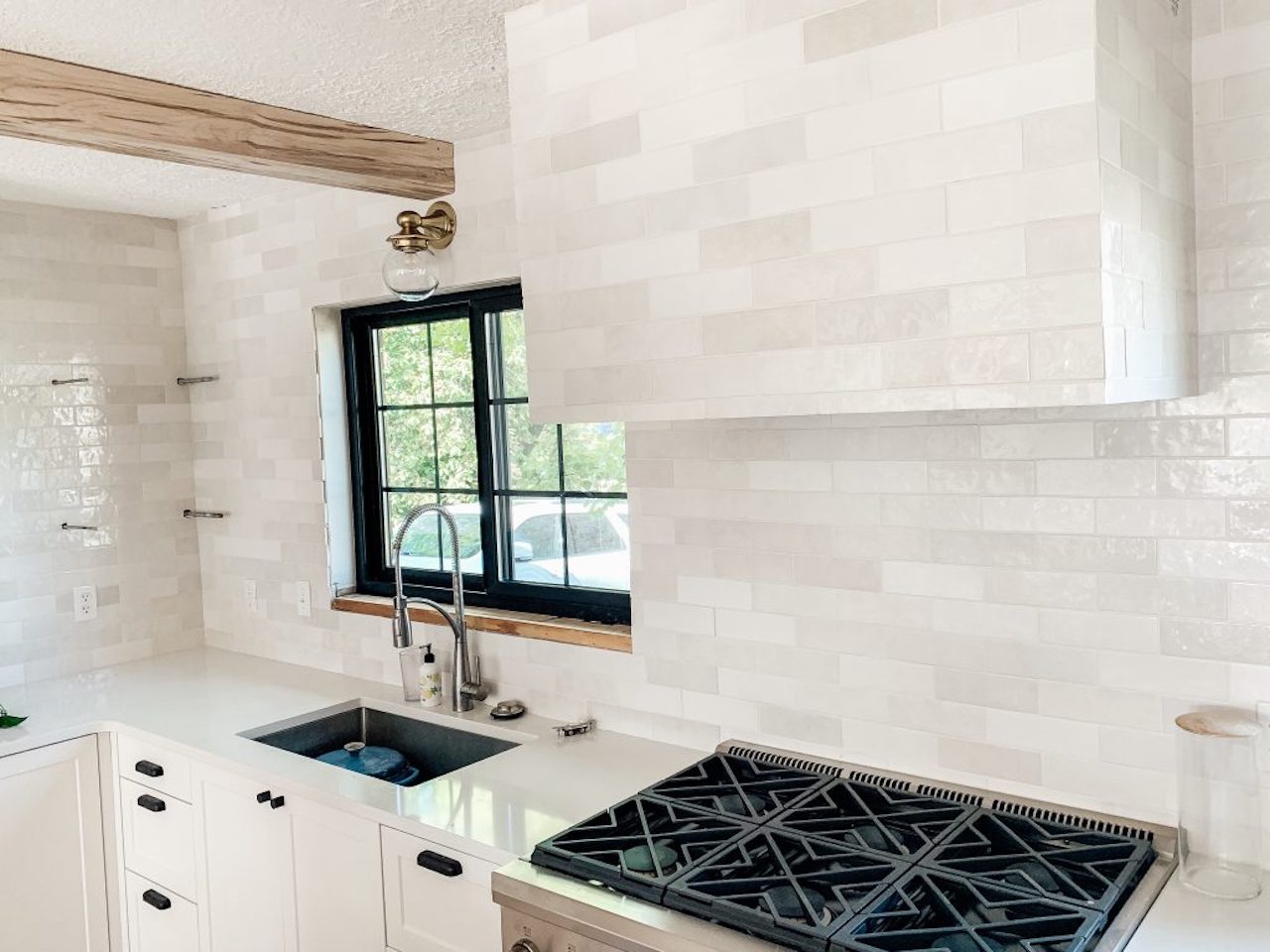
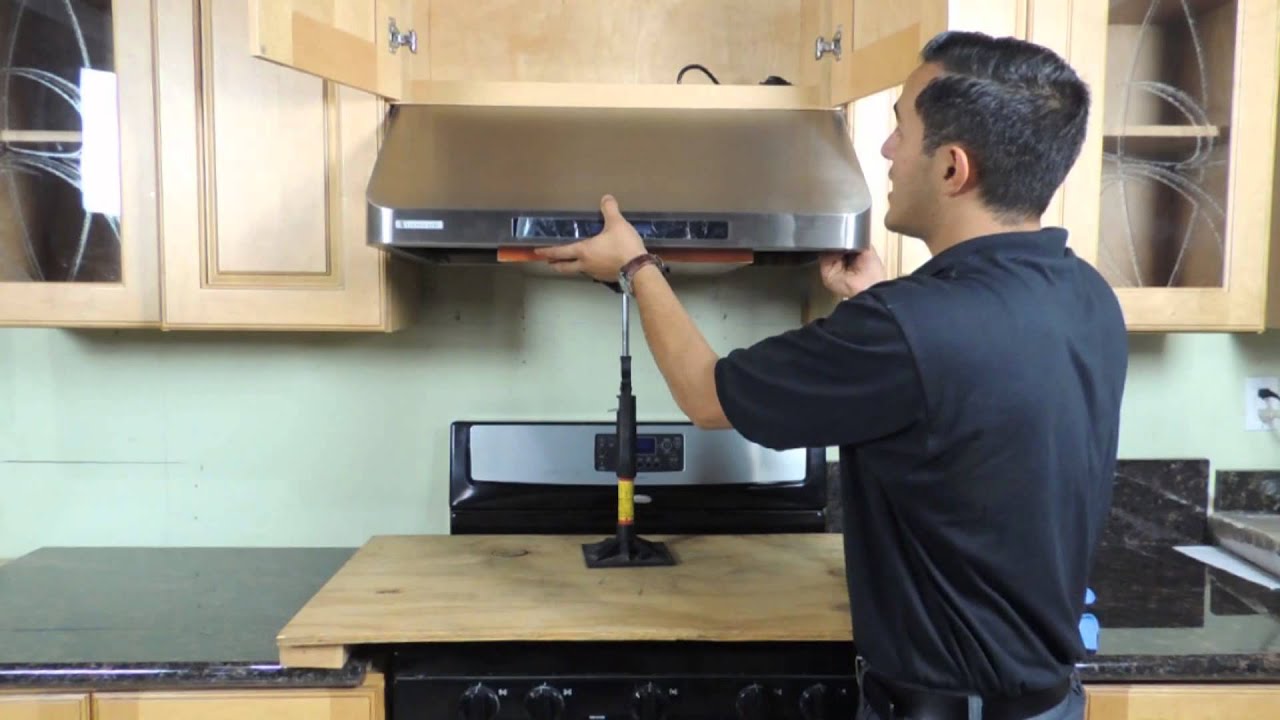
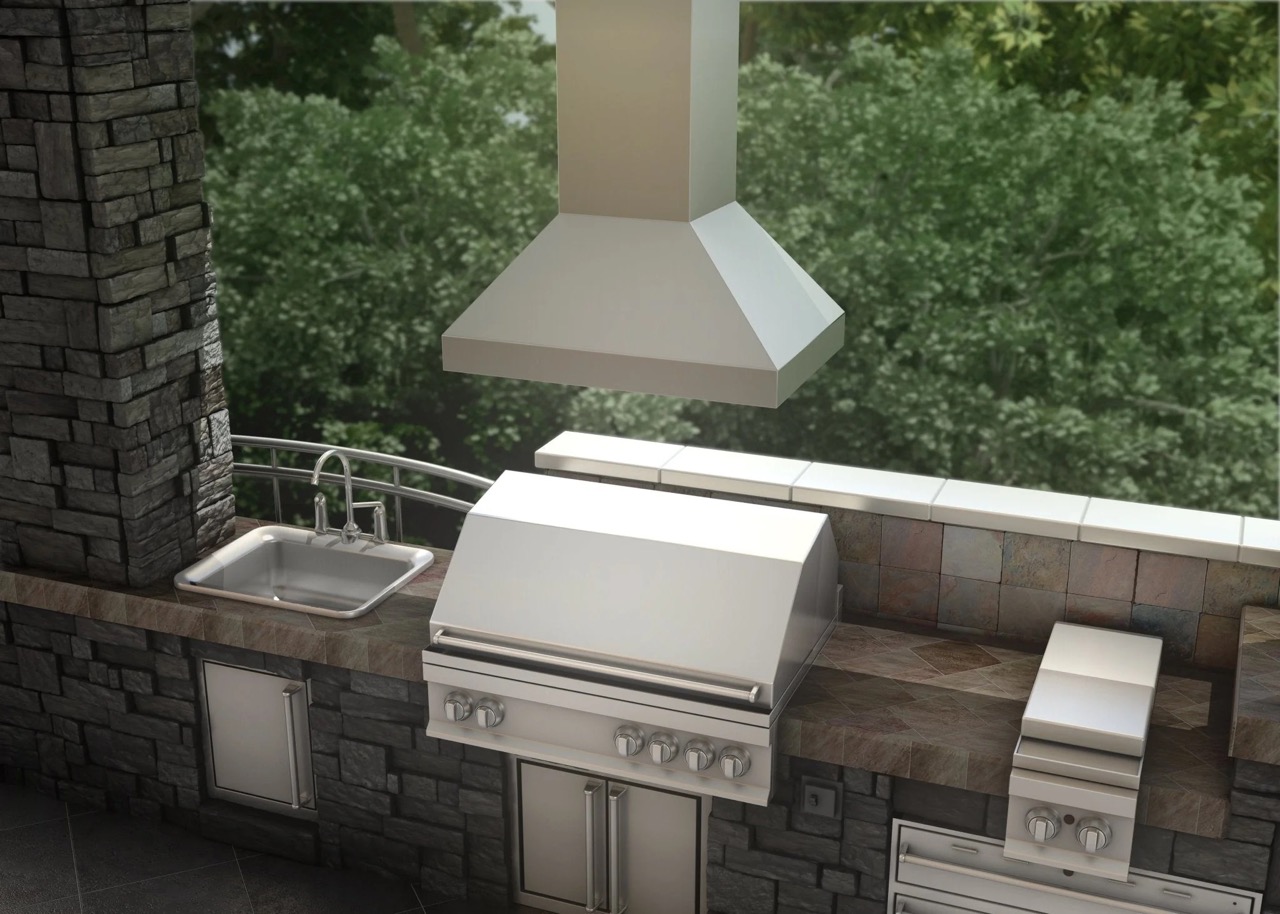
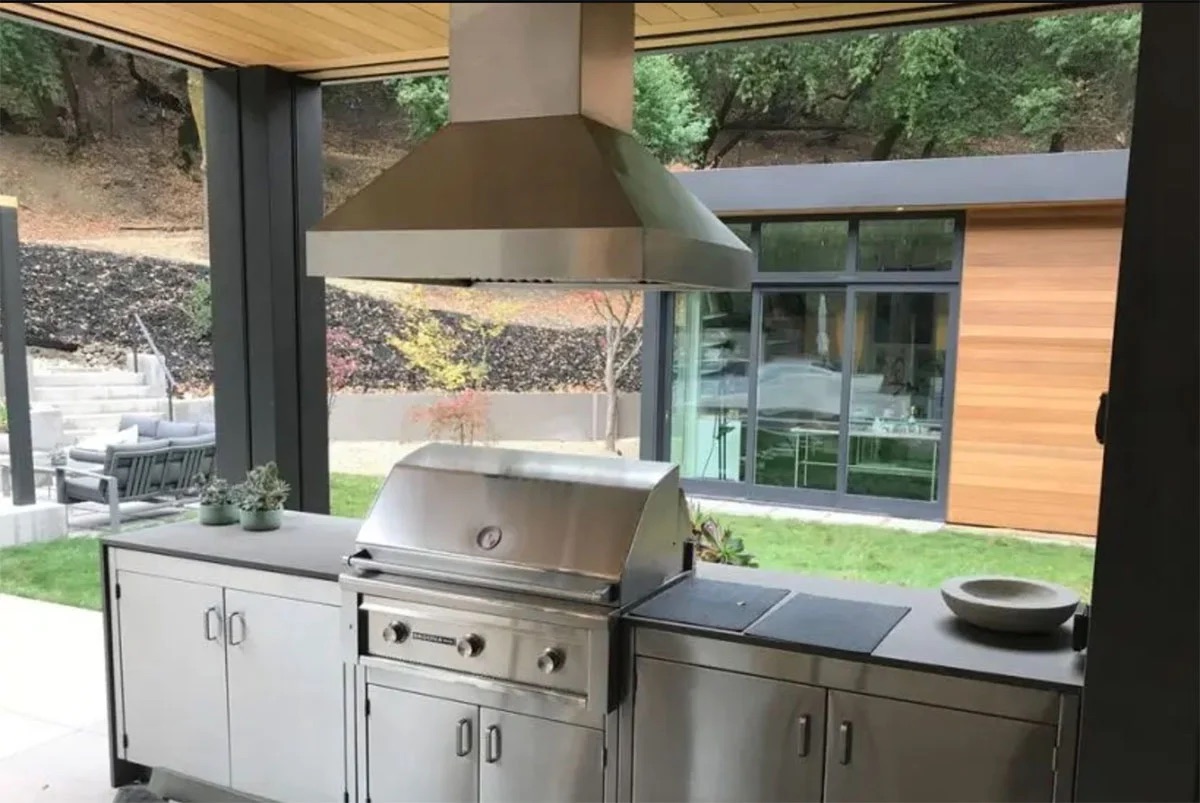


0 thoughts on “How To Pick A Range Hood”